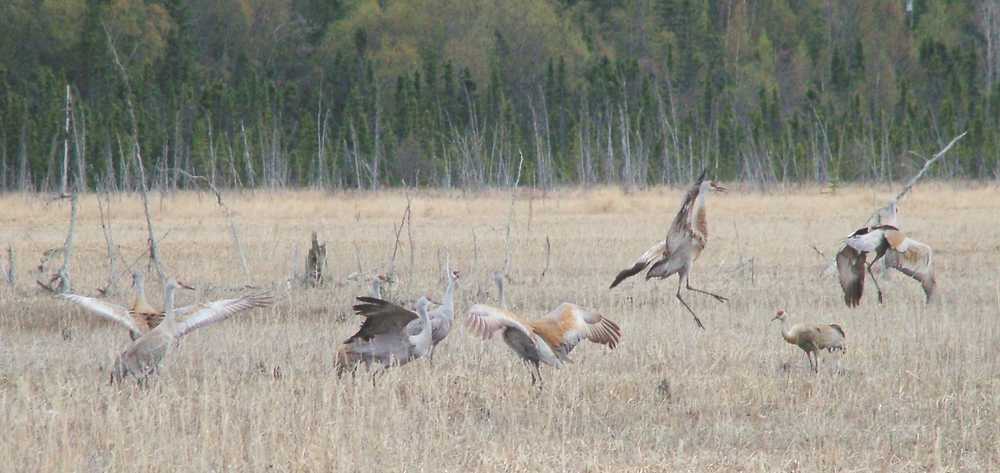Avid bird watchers and experts alike have been seeing their favorite migratory birds pop up on the Kenai Peninsula several weeks early this year, following a growing trend in early arrivals.
“We’re seeing first-of-season sightings, you know, a week or two before you would normally see them,” said Ken Tarbox, a retired biologist for the Alaska Department of Fish and Game and president of the Keen Eye Bird Club.
Getting to their breeding grounds first is an advantage for birds, so if food sources are available early, the birds will continue on their journey early, he said. It appears waterfowl have overflown the Kenai River Flats this year and gone straight on to the northern breeding grounds, he said.
“I’m sure it has to do with our warming trend, you know, that the birds are moving north and there’s food available,” Tarbox said.
According to Ebird, an online bird sighting database hosted by the Cornell Lab of Ornithology, several species of migratory birds have been making their way north early, said John Morton, supervisory fish and wildlife biologist at the Kenai National Wildlife Refuge.
“Just since 2007, so not even a decade … we’ve had earlier arrival records for at least 33 migratory bird species,” Morton said.
Migratory birds are also sticking around for longer periods of time, he said. According to Ebird, there are late departure records for at least 38 migratory bird species common to the area, Morton said.
The early returns are almost certainly due to a warming climate, Morton said. Though the peninsula has been warming since the Pleistocene epoch, Morton said the area has been in the midst of accelerated warming for the last three years in particular.
“We’re clearly in some really rapid phase right now in terms of climate change,” he said.
Though several species are returning early this year, their arrival doesn’t appear to be much earlier than it has been the last three to five years, said Todd Eskelin, a fish and wildlife biologist at the refuge. Nor does it look like there is an “excessively high” number of early arrivals this year, he said.
The trend does not appear to be as pronounced in shorebirds as it is in migratory birds, he said.
It’s not just peninsula regulars arriving early — species of birds not common to the area or even Alaska are starting to pop up, Morton said. According to Ebird data, at least 27 new species have shown up on the Kenai Peninsula. Though some of them are obviously vagrants, or anomalies, others are from the Lower 48 or even another continent that have been gradually working their way farther north, Morton said.
In the long run, the trend of early arrivals could be dangerous to migratory birds if they get too far off their previous migration schedule, Morton said. For example, if the birds were to come back increasingly early each year, only to have a cold snap one year destroy their food sources, they would be left out in the cold, so to speak. The same could happen to the birds that rely on insects for food if those insects did not line up their timing with the birds’ new early arrivals, Morton said.
“That’s always the danger of getting way out of sync,” he said.
For now, though, the trend doesn’t mean much except that bird watchers get to see their favorite species a bit ahead of schedule.
“I think for a lot of people, they’re excited,” Morton said.
Reach Megan Pacer at megan.pacer@peninsulaclarion.com.

